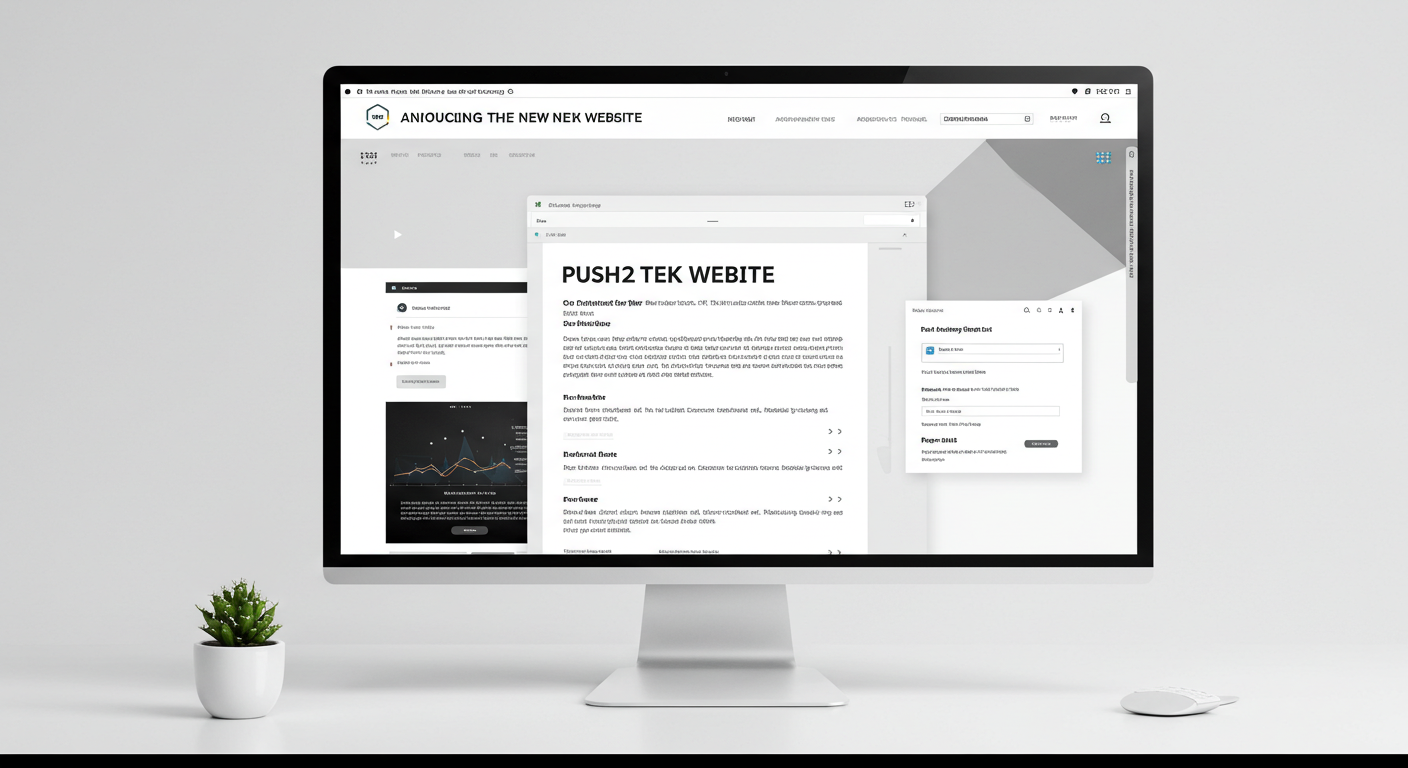AI-Driven Threat Detection in Smart Facilities
Smart facilities—from corporate campuses and hospitals to government buildings and critical infrastructure—leverage IoT sensors, access controls, and networked cameras to automate operations and optimize occupant comfort. But with greater connectivity comes a heightened risk of cyber-physical threats: intrusions, vandalism, unauthorized access, even targeted attacks against critical systems.
Enter AI-driven threat detection: by fusing machine learning models with real-time video, sensor telemetry, and building-management data, today’s security teams can move from reactive alarms to proactive, predictive defense.
1. Why AI Matters for Facility Security
- Scale & Speed: Manual review of dozens of camera feeds or thousands of sensor events is impossible. AI algorithms can analyze terabytes of visual and telemetry data in milliseconds.
- Behavioral Baselines: Unsupervised learning creates “normal” patterns—occupancy flows, HVAC usage, shift schedules—so anomalies stand out immediately.
- Reduced False Alarms: Intelligent filtering (e.g., distinguishing a cleaning robot from an intruder) cuts the 90%+ false-alarm rates plaguing traditional motion sensors.
2. Core Components of an AI Threat-Detection Pipeline
- Edge-Enabled Cameras & Sensors
High-resolution video, thermal imaging, door/window contact sensors, motion detectors, and environmental monitors (e.g., CO₂, temperature) feed raw data streams. - On-Premise Inference Gateways
Lightweight ML models (e.g., YOLO, MobileNet) run on GPU-accelerated gateways to detect people, objects, or unusual movement patterns before sending metadata to the cloud. - Cloud-Based Analytics & Correlation
Centralized ML services ingest edge metadata alongside access-control logs, badge swipes, and network-access events. Graph-based algorithms link related events into incident “threads.” - Alerting & Incident Response Dashboard
Security-operations teams receive prioritized, context-rich alerts (e.g., “After-hours motion at Zone C + badge-tailgate event”) via web consoles, mobile apps, or SIEM integrations.
3. Use Cases & Real-World Examples
- After-Hours Intrusion Detection:
AI flags human silhouettes in darkened corridors, cross-references shift-roster data, and triggers lockdown protocols only if no authorized personnel are expected. - Perimeter Monitoring:
Thermal imaging identifies warm bodies at fence lines; ML distinguishes wildlife from human trespassers—reducing needless guard dispatches. - Insider Threats:
Behavioral analytics spot unusual access patterns (e.g., an employee accessing secure labs at 3 AM) and surface them for compliance review. - Equipment Tampering:
Vibration and acoustic sensors detect drill-like sounds near critical infrastructure and automatically alert on-site security.
4. Best Practices for Deployment
- Privacy & Compliance:
Use edge-only processing for personally identifiable information (PII); share only abstract “person detected” events to the cloud. Comply with GDPR, CCPA, and local privacy statutes. - Model Maintenance & Retraining:
Continuously retrain models with facility-specific data (lighting changes, uniform colors, seasonal behavior) to maintain high detection accuracy. - Resilience & Fallbacks:
Ensure local failover: if cloud connectivity drops, edge gateways should default to on-device alerts and local alarm triggers. - Cross-Domain Integration:
Correlate physical-security events with IT logs (VPN connections, network anomalies) to detect sophisticated hybrid attacks.
5. Overcoming Challenges
- Data Quality:
Poor lighting, camera occlusion, and network latency can degrade model performance. Use multispectral cameras and distributed buffering to mitigate. - Edge Compute Constraints:
Resource-limited gateways may struggle with large models. Employ model quantization, pruning, and hardware acceleration (e.g., Coral TPU, NVIDIA Jetson). - Alert Fatigue:
Balance sensitivity to catch true positives with thresholds that prevent alarm storms—leverage ensemble models to boost confidence before alerting.
6. The Road Ahead
- Federated Learning:
Train shared models across multiple facilities without transferring raw video—preserving privacy while improving accuracy. - AI-Driven Automation:
Integrate with robotics (drones, security patrol bots) to autonomously investigate alerts. - 5G & IoT Convergence:
Ultra-low-latency networks will enable true real-time coordination between sensors, cameras, and response teams.
Conclusion
AI-driven threat detection transforms smart facilities into adaptive, proactive defenses—spotting patterns that human operators miss and reducing risk across cyber-physical domains. By following industry best practices around privacy, model management, and system resilience, organizations can deploy robust, intelligent security that scales with their infrastructure.
Ready to secure your facility with AI?
Contact Push2tek to design and implement a cutting-edge threat-detection solution tailored to your environment.




